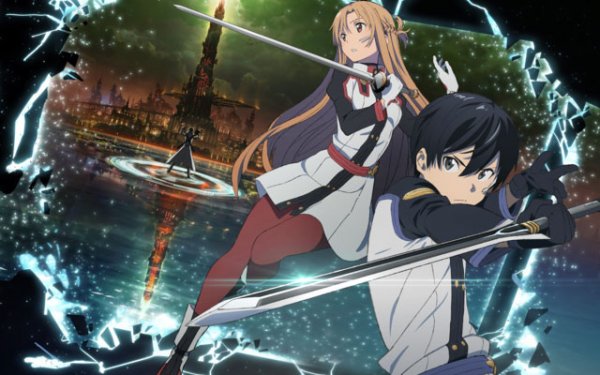


Isekai, which means “another world,” is an anime subgenre that has captivated anime fans and won the hearts of video game enthusiasts in the past decades. Why? It’s simple. Both gamers and anime fans have similar desires that offer an escape into fantastical realms and alternative realities. This phenomenon has developed considerably, moving from traditional tales of being transported into game worlds to contemporary interpretations with psychological and philosophical complexity.
One of the earliest examples of combining the isekai concept in both game and anime is the .hack series. Starting in 2002 as a multimedia project including video games, an anime series, and comics, .hack//SIGN told a story of a gamer named Tsukasa who got trapped in the MMORPG virtual world called simply The World. Tsukasa getting trapped in the game world laid the foundation for other stories fitting the genre, enriching it and helping it grow. .hack//SIGN was just the first in many later stories about heroes being stuck in virtual or fictional realities.
What followed was a real revolution. Reki Kawahara’s novel series Sword Art Online (SAO) published in 2009, and the anime adaptation that followed, added a new element that became crucial to the isekai genre. SAO told a similar story to the .hack series about players trapped in the virtual world, the titular Sword Art Online, but the twist was that dying in-game resulted in dying in real life. By confirming the link between gaming worlds and the idea of being transported to another reality, SAO pushed the isekai subgenre into the forefront. It also introduced more action, more romantic elements, and a greater variety of in-game worlds, which boosted its popularity to the top.
The isekai concept has evolved significantly across the media over time. There were several key trends in this transformation:
An interesting aspect of the isekai phenomenon is the continuous exchange of inspiration between anime and video games. This interaction manifests in two main ways:
The isekai genre is rapidly expanding in both anime and gaming. Several major trends stand out:
The isekai phenomenon continuously adapts and evolves together with audience expectations, and it shows no signs of stopping. With the rapid evolution of VR and AR technologies the border between isekai worlds and real gaming is getting blurred.
While not exactly isekai, modern titles such as Solo Leveling draw heavily on the genre, clearly suggesting potential paths for its future growth. At the same time, games like Metaphor: ReFantazio and Scarlet Nexus continue to blend in anime aesthetics and storytelling techniques.
For those gamers who want to learn about the isekai genre but haven’t had a chance to get into it yet, there are cheap Switch games that often take inspiration from successful isekai series. These games allow players to feel the emotions and thrills of isekai inspired worlds without being overpriced.
Isekai is a fascinating example of creative synergy between anime and video games—two media that continue to inspire and borrow from one another. Games use elements from isekai-themed anime to provide a thrill of travelling between worlds, while anime incorporates game mechanics to create more dynamic and interesting storylines.
The post The Isekai Phenomenon in Anime and Games appeared first on Anime Superhero News.